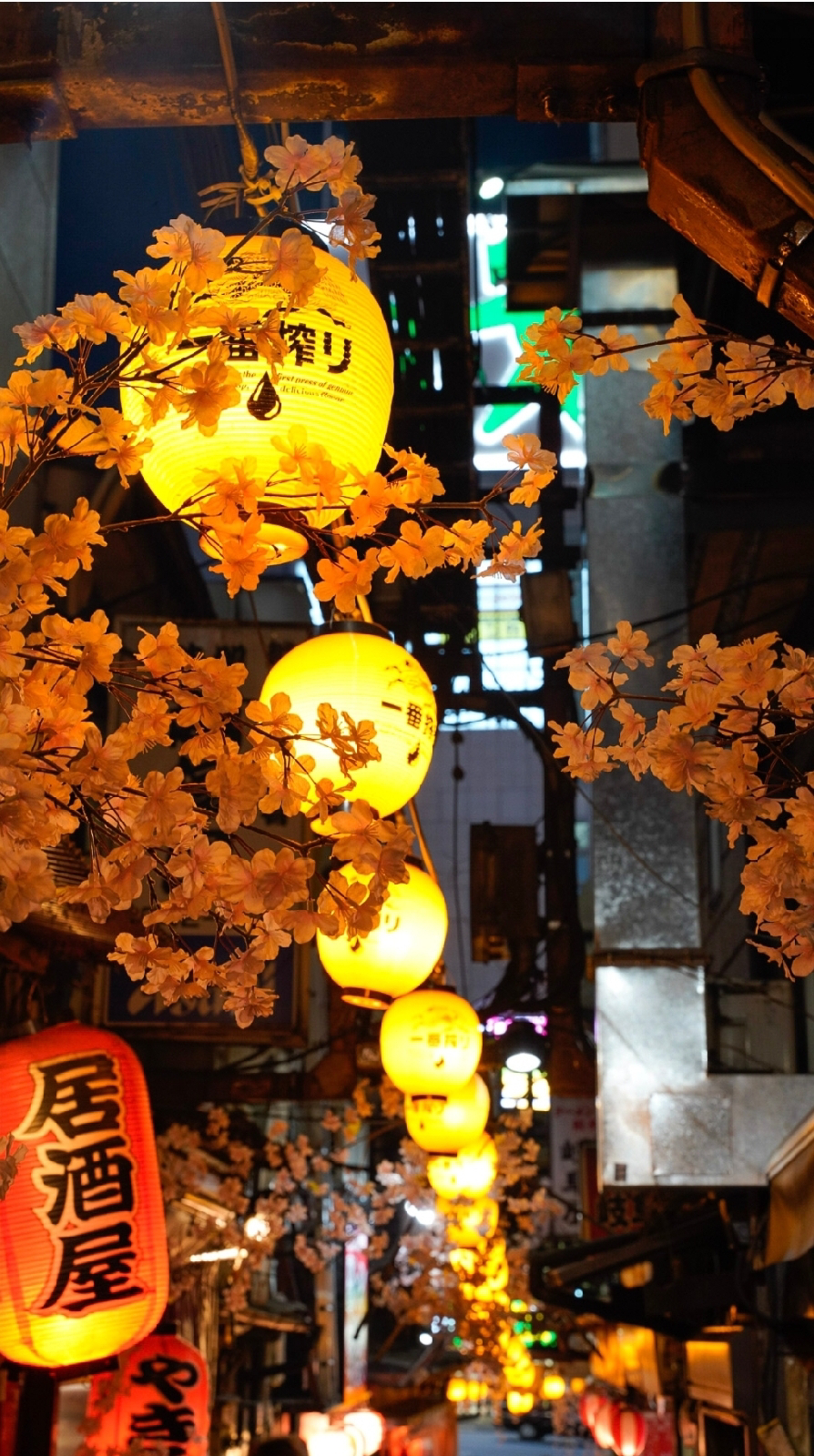Today, we'll focus on:
1. Na-Adjectives
* Na-adjectives describe nouns and end with "-na" (e.g., 綺麗な - kirei na - beautiful, 静かな - shizuka na - quiet).
* To make them negative, add "-じゃない" (-ja nai) or "-ではありません" (-dewa arimasen) after the adjective.
* Example: 綺麗な (kirei na) - beautiful ➡️ 綺麗なじゃない (kirei na ja nai) - not beautiful
Example:
* この花は綺麗です。(Kono hana wa kirei desu.) - This flower is beautiful.
* この町は静かです。(Kono machi wa shizuka desu.) - This town is quiet.
* この映画は面白くないです。(Kono eiga wa omoshirokunai desu.) - This movie is not interesting.
2. Present Continuous Tense (~ています - ~te imasu)
* Used to express actions happening now.
* To form the present continuous tense, add "て (te)" to the verb stem and then add "います (imasu)".
* Example: 食べる (taberu) - to eat ➡️ 食べています (tabete imasu) - is eating
Example:
* 私は今、本を読んでいます。(Watashi wa ima, hon o yonde imasu.) - I am reading a book now.
* 先生は今、話しています。(Sensei wa ima, hanashite imasu.) - The teacher is speaking now.
* 猫が寝ています。(Neko ga nete imasu.) - The cat is sleeping.
Practice Conversation:
Teacher: このレストランは綺麗ですか。(Kono resutoran wa kirei desu ka?)
Student: はい、綺麗です。(Hai, kirei desu.)
Teacher: 今、何をしていますか。(Ima, nani o shite imasu ka?)
Student: 今、日本語を勉強しています。(Ima, Nihongo o benkyou shite imasu.)
Additional Tips:
* Use Sentence Patterns: Practice creating sentences using the new grammar points.
* Find a Language Exchange Partner: Practice speaking with a native speaker or another learner.
* Listen to Japanese Podcasts: Listen to Japanese podcasts for natural conversation and pronunciation.
* Keep a Learning Journal: Write down new words, grammar points, and your learning progress.
Remember to be patient with yourself and enjoy the learning process! 頑張ってください! (Ganbatte kudasai!)


No comments:
Post a Comment